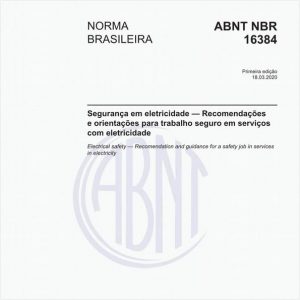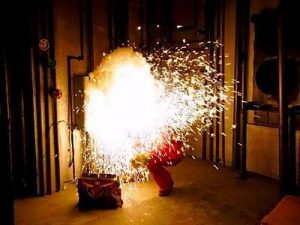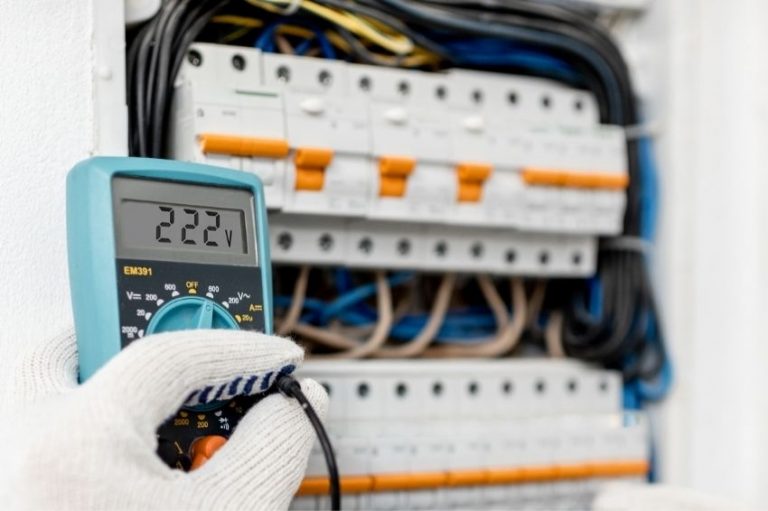For a photovoltaic installation to be safe, all technical standards related to this type of installation must be followed. But in addition to the safety of the system itself, the risks of accidents for those working in this sector must also be minimized, which is achieved through the recommendations of the technical standard ABNT NBR 16384:2020, Safety in electricity — Recommendations and guidelines for safe work in electricity services. As its title informs, the NBR 16384 standard provides the necessary instructions so that all work involving electricity, installation, inspection and maintenance is carried out safely, including those related to photovoltaic installations.

Due to the relevance of what it deals with, our physical and mental integrity, even those who have never heard of this standard are subject to its guidelines and may be penalized if someone working under their responsibility has an accident due to not following its recommendations. NR10 is a regulation drawn up by the federal government, which deals with electrical safety in workplaces, being complemented by ABNT NBR 16384, which is a technical standard for electrical safety developed by society – anyone can participate in the drafting committee standard through ABNT (Brazilian Association of Technical Standards). In this case, the regulation needs a technical standard that provides support, as it establishes what must be done and the technical standard how it must be done. But unlike NR10, the ABNT NBR 16384 standard is not limited to formal work, where there is a well-defined employment relationship. ABNT NBR 16384:2020 has 56 pages, divided into 9 chapters, 5 annexes and the bibliography:
- Scope;
- Normative references;
- Terms and definitions;
- General principles;
- Standard procedure;
- Service procedure;
- Maintenance safety procedure;
- Planning and responding to emergency and rescue situations;
- Services in classified areas.
- Annex A – Guidance on air distances (insulation) for safe electrical work procedures;
- Annex B – Additional guidelines for safe electrical work;
- Annex C – Guidance for safe work procedures in classified gas-free areas;
- Annex D – Guidance for safety campaigns in electricity services;
- Annex E – Guidelines for applying protective clothing against the thermal effects of an electric arc.
The technical standard ABNT NBR 16384 was published on March 18, 2020, the result of approximately 10 years of work. It arose from discussions that took place at the ESW (Electric Safety Workshop) Brazil, held in 2009 in Blumenau, during a debate on NR-10 (Regulatory Standard NR-10). On that occasion, several professionals defended the need for a guide to good practices on safety in work involving electricity in the form of a technical standard, offering deeper guidance on this topic. NBR 16384 presents in its introduction its objective of providing additional guidelines and recommendations for the operation and performance of services in or near electrical installations, with the purpose of ensuring the safety of people and workers. Still in the same vein, it provides information that allows you to develop an efficient electrical safety program for the execution of services, as well as organizing the human aspects of intervention in electrical installations through a management system. It also deals with professionals who work in “non-electrical” services in the “free zone”, or in completely de-energized installations, so that the services of these professionals are carried out safely.

By reading the standard you will find information for preparing:
- Descriptive memorial of the project and interventions in electrical installations;
- Procedures for safety in the operation, inspection and maintenance of electrical installations;
- Qualification and professional experience requirements for approving services with the respective risks and techniques for analyzing them;
- The ABNT NBR 16384:2020 standard also provides guidance so that accident investigation techniques used by occupational safety professionals can take into account the following factors:
- Physical: Failures in equipment, in specific components or in the installation as a whole;
- Human: Failures in human actions or interventions due to lack of knowledge or unpreparedness of professionals involved in the accident;
- Systemic or managerial: Failures in the management of physical and human factors;
- Environmental: Those that can influence physical factors if they are not evaluated in planning, such as lighting, temperature, climate and presence of animals on site.
By analyzing these factors, it is possible to discover the real cause of accidents, thus avoiding a partial, solely technical assessment, based on physical aspects, disregarding the emotional state of those involved, procedural failures or environmental aspects. Something extremely useful in preventing aviation accidents, a well-prepared accident report allows the adoption of new measures that can make electrical work safer. For those who work with photovoltaic systems, a safety standard is extremely important, as this type of installation is complex, involving direct and alternating current, the latter at low or medium voltage. Furthermore, photovoltaic plants that come into operation employ several professionals, from their construction to their operation, and it is necessary to ensure that everyone has a high level of safety, without which countless accidents will happen. Without safety aspects being present from the project onwards, the number of accidents in photovoltaic installations could be very high, also impacting the financial return of the enterprise, since insecurity is a negative externality that must be considered in planning. any undertaking.

Many professionals in Brazil consider technical standards to restrict their professional freedom. But the existence of NBR 16384 will facilitate the application of NR-10 guidelines. As this is the first edition of this standard, much can be improved and professionals in the photovoltaic field must participate in its review, presenting suggestions or criticizing aspects of the current edition that do not contribute to the safety of those working in photovoltaic installations. Protecting human life must be our priority and standard 16384 is an instrument for preventing accidents caused by electricity. E-mails with contributions to the revision of NBR 16384:2015 can be sent to e-mail [email protected]
















